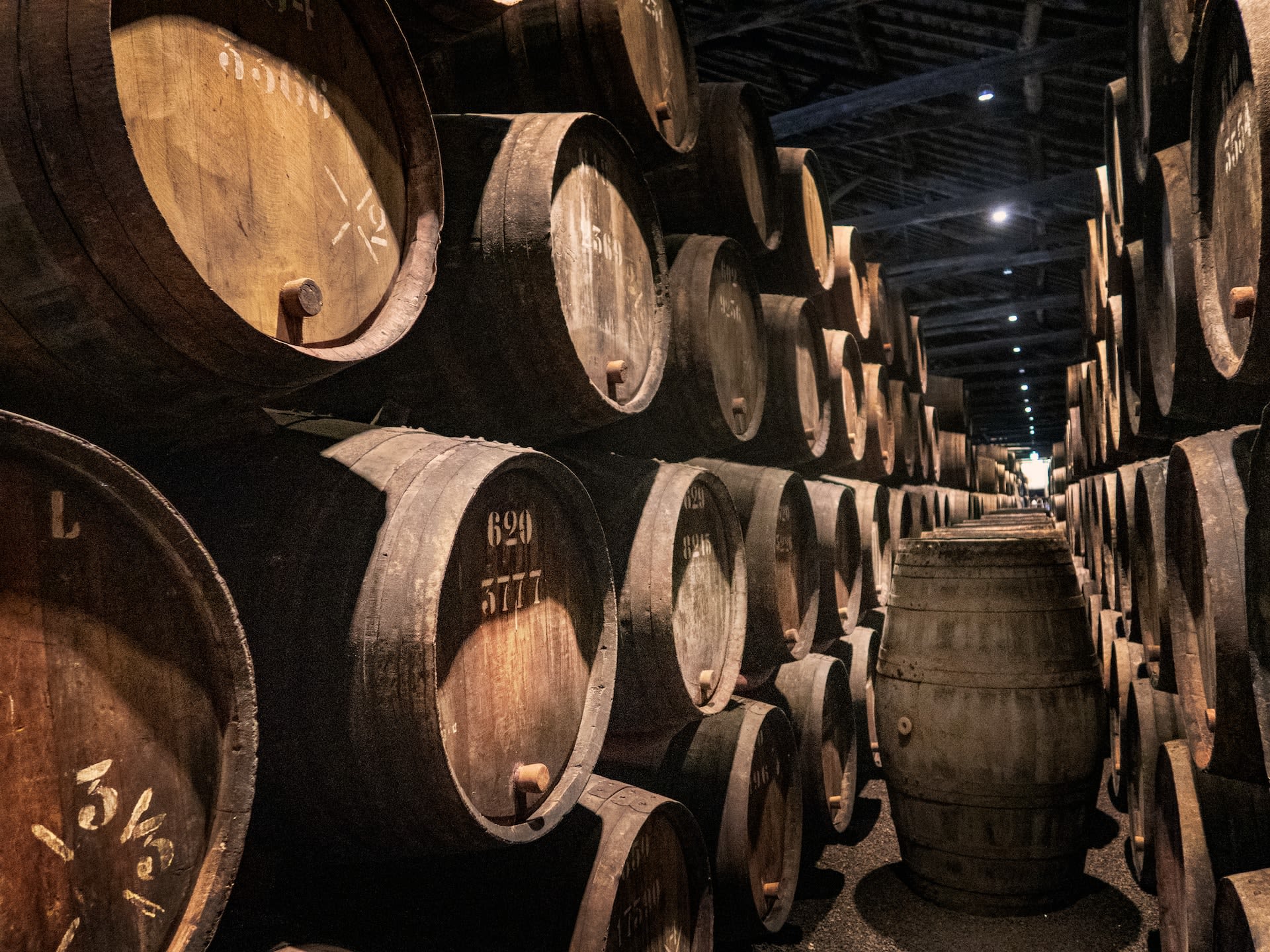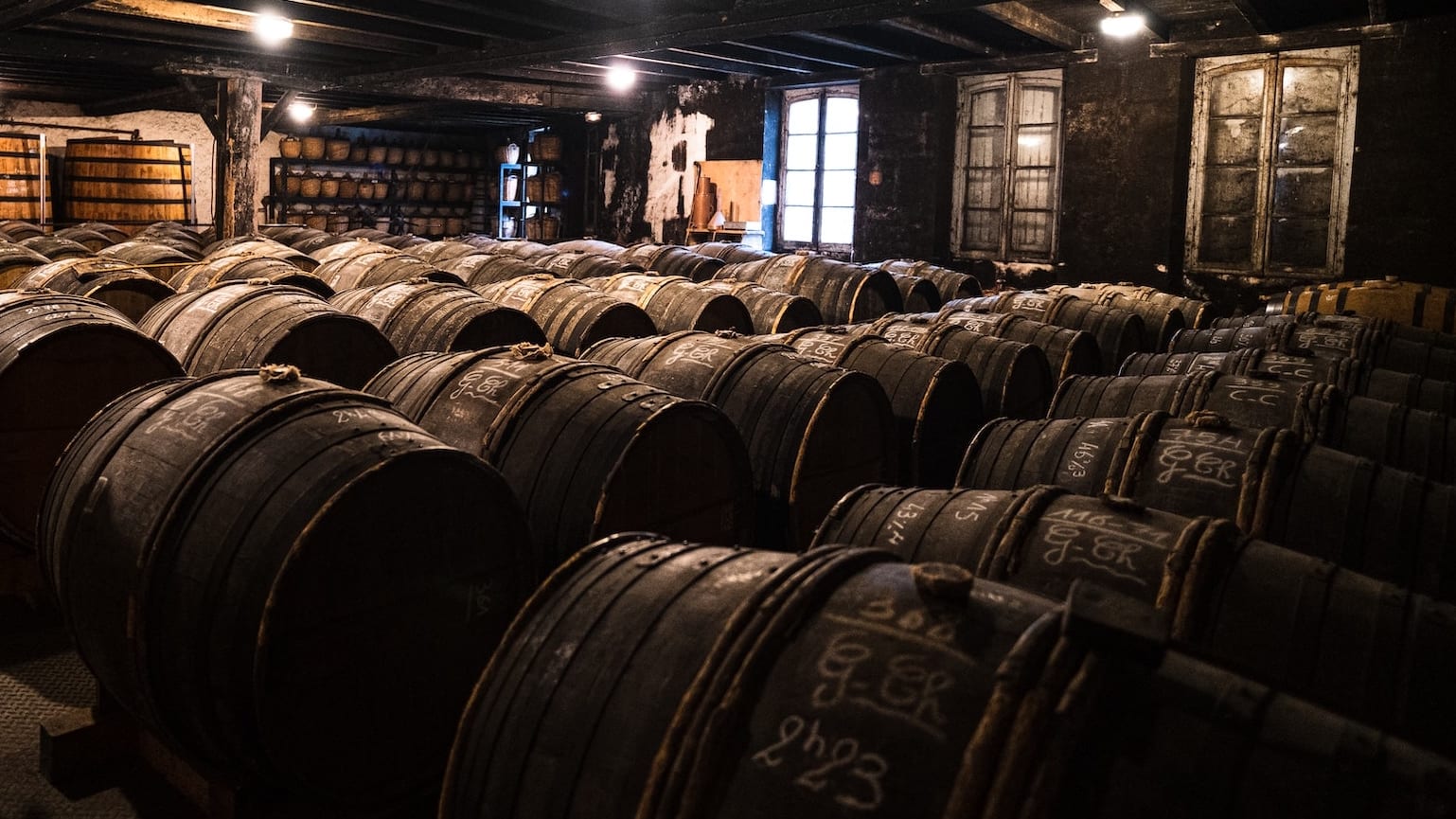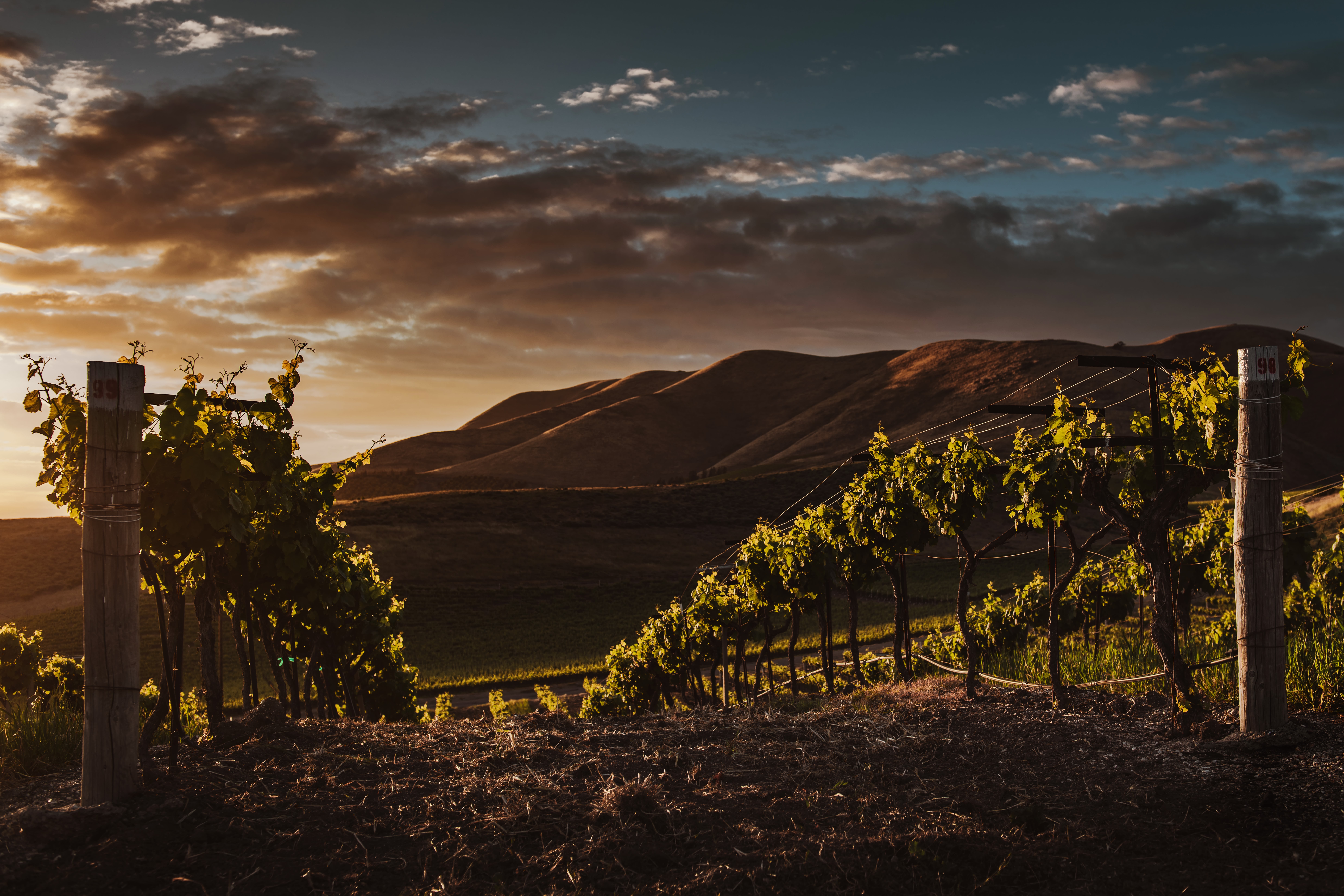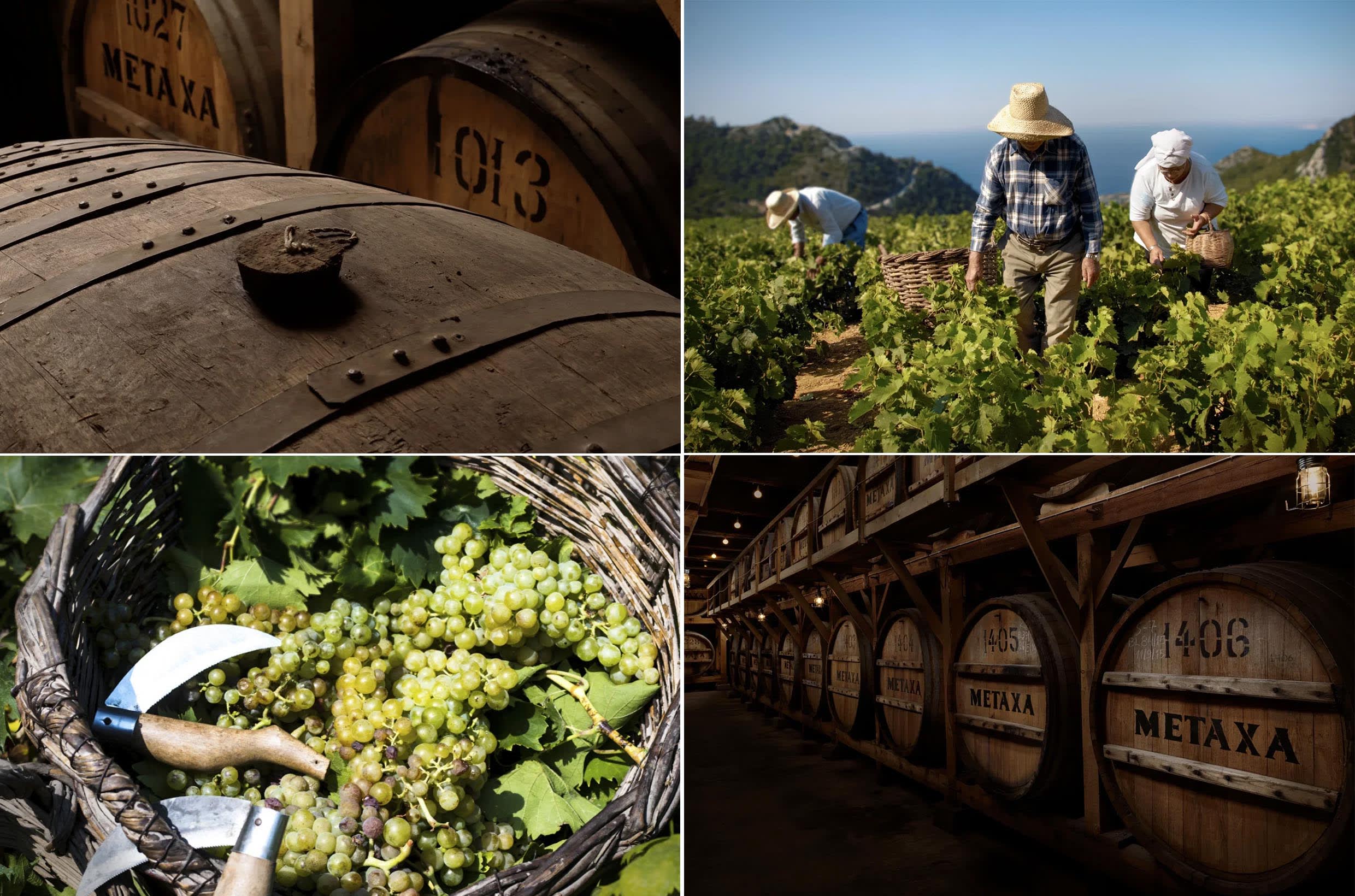

The Fruitful Land of Jerez
You don’t have to venture far or be that adventurous to go beyond the confines of Cognac and see the potential (and value) that lies in other country’s production.
Take Spain, home to Sherry and its lesser-known sibling, Brandy de Jerez. Made in the Andalusian region, these brandies embody the sun-soaked terroir with their full-bodied, robust character.
Brandy de Jerez distinguishes itself through a unique production process, regulated by the Consejo Regulador del Brandy de Jerez. Unlike many brandies that require double distillation, Brandy de Jerez is made from a single distillation. This approach retains more of the wine's original characteristics and aromatic substances and once combined with their typical solera system of maturation - delicious spirits.
The provenance is clearly demarcated too. The brandy must be made within the municipalities of Jerez de la Frontera, El Puerto de Santa María, and Sanlúcar de Barrameda, ensuring its geographical authenticity. Maturation typically takes place in larger oak casks with a 500-litre capacity, which previously housed sherry, influencing the brandy's flavour based on the type of sherry used. You can really lose yourself in the infinite permutations that are possible - be it single cask, previous sherry style, length of maturation - Spanish Brandy has a lot of depth to offer.
Drinking Spanish brandy is a journey through complex and intriguing spirits, mature beyond its years and sold at a fraction of the price of a comparable Cognac or Armagnac.
The Cape of Good Spirits
Next, we sail to South Africa, with longstanding history of being in the top ten largest wine producing countries. It is no surprise then, that their brandy production (particularly from the Western Cape) is well established.
Allegedly, production was initiated with the arrival of Dutch traders in South Africa, notably when an assistant-cook distilled local wine into brandy in 1672. The Cape region, first discovered by the Portuguese explorer Bartolomeu Dias, is now the heart of South African brandy production.
South African brandy is derived from locally produced wine, and for it to be labelled as South African, it must be distilled, matured, and bottled within the country.
It differs from Cognac due to the region's warmer and drier climate, leading to higher sugar levels in the grapes used for distillation, typically imparting more fruity flavours like peach and apricot to the spirit. The production is more varied too - South African brandy includes three types: pot still, blended and vintage, each with its unique production process and characteristics.
While the country's brandy industry has seen significant success on the global stage, winning the International Wine and Spirits Competition's ‘Worldwide Brandy’ Trophy a colossal 16 times, it remains overlooked by those outside of the trade.
There are currently over 30 South African brandy producers, including small producers like Grundheim, and larger producers like KWV and Van Ryn, whose brandies are more frequent sightings on around the globe.
If you can find any, try it. The country’s diversity in climate and geography allows for an exciting range of flavour profiles, from rich, fruity notes to earthy tones, offering the connoisseur a sense of the South African landscape in each sip.















